- 1- King Setnakhte
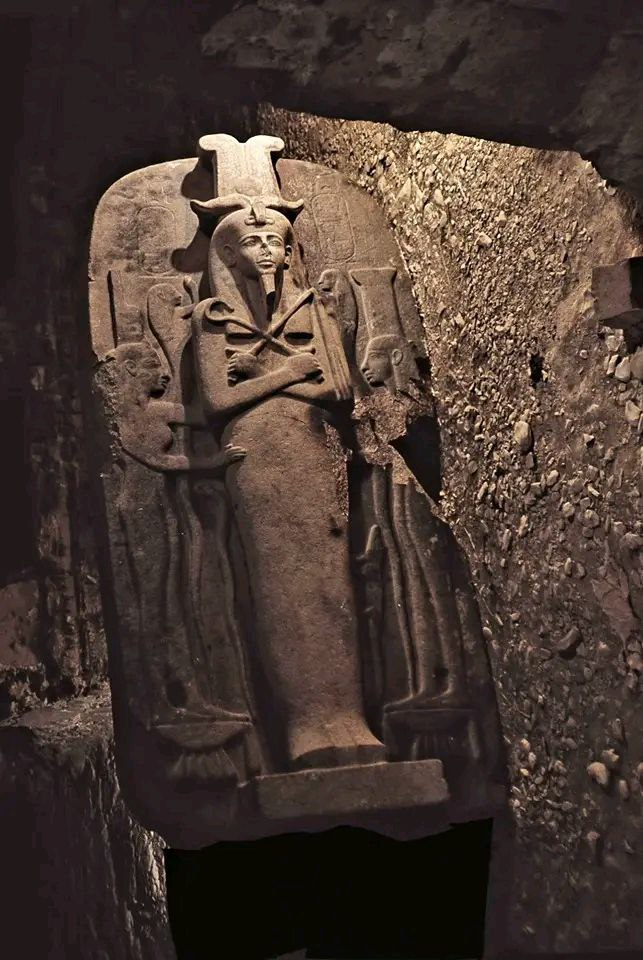 |
| King Setnakhte |
King Setnakhte ruled from 1189 B.C to 1186 B.C. He married to queen Ti-Mrn-esy. His throne name is Userkhaure-setepenre. King Setnakhte stabilized the situation in Egypt, may have driven off an attemted invasion by the sea people, he buried in tomb KV14
- 2- King Ramesses lll
King Ramesses III ruled from 1186 B.C to 1155 B.C. He married to Iset ta-hemdjert and Tyti-Tiye
 |
| Habu Temple |
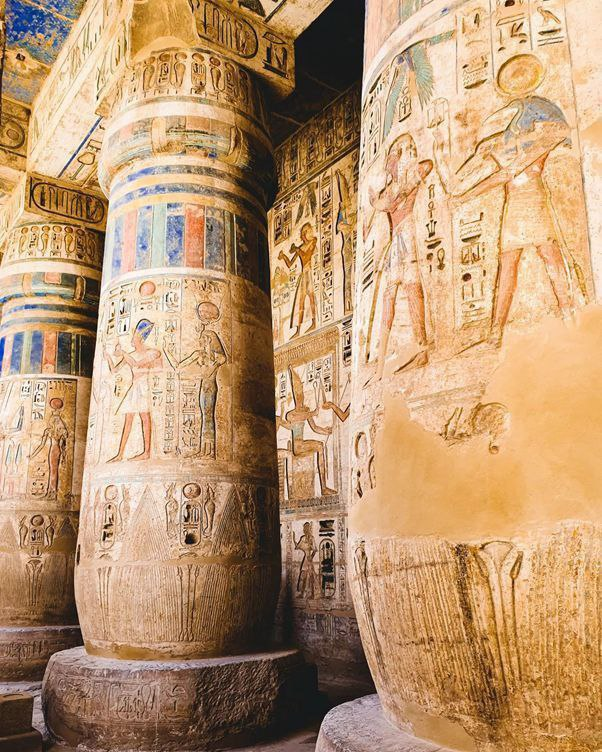 |
| Habu Temple |
 |
| The mummy of Ramesses III |
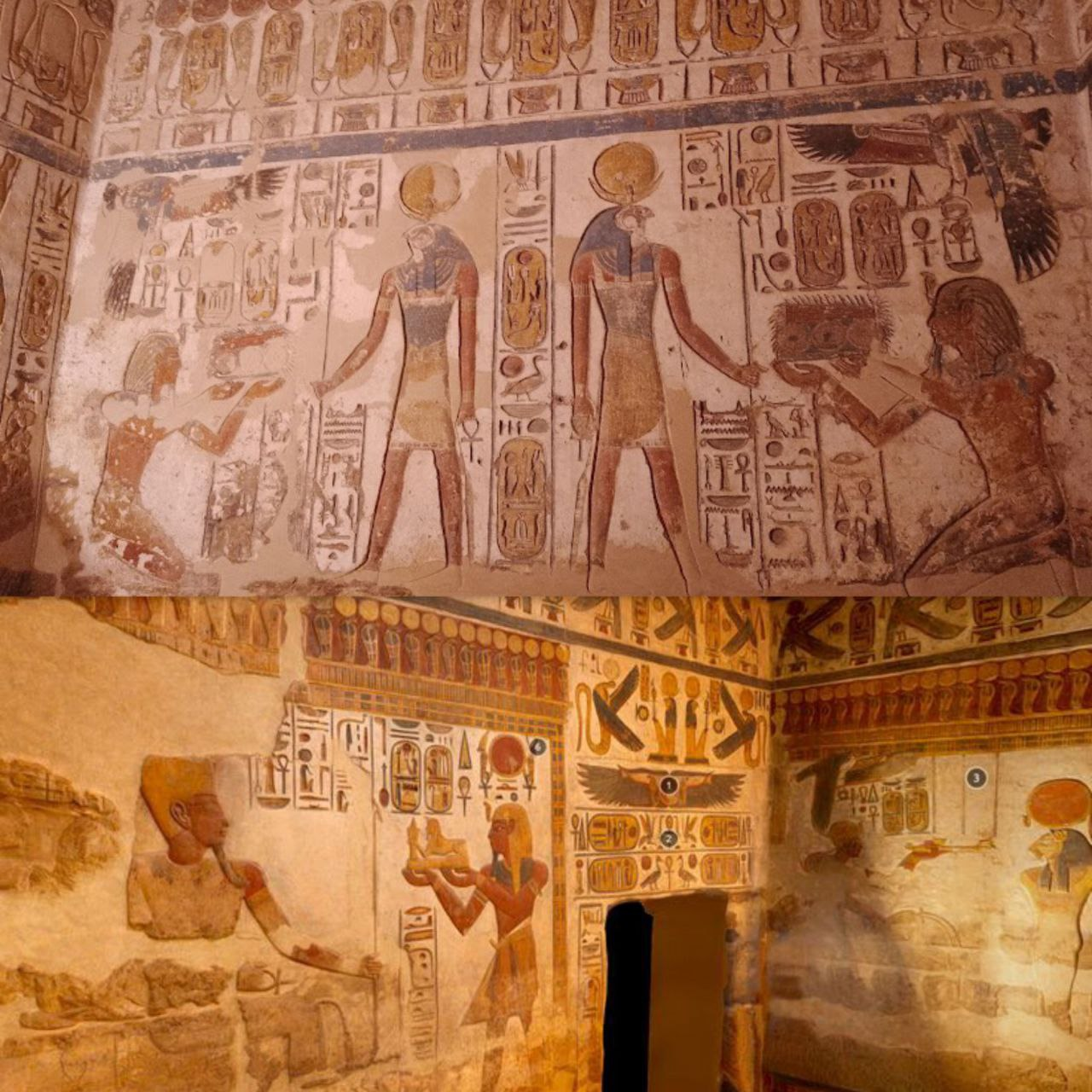 |
| Karnak, Khonsu temple |
Usermaatre Heqamaatre Setepenamun Ramesses IV was the third pharaoh of the 20th Dynasty of the New Kingdom of Ancient Egypt. He was the second son of Ramesses III and became crown prince when his elder brother Amenherkhepshef died aged 15 in 1164 BC.
Ramesses IV, died 1150 BC, king of ancient Egypt reigned from 1156 B.C to1150 B.C. At the start of his reign, Ramesses IV compiled a lengthy document (the Harris Papyrus) recording his father’s gifts to the gods, blessings for his son, and a survey of his reign. also the pharaoh initiated a substantial building program on the scale of Ramesses II by doubling the size of the work gangs at Deir el-Medina to a total of 120 men and dispatching numerous expeditions to the stone quarries of Wadi Hammamat and the turquoise mines of the Sinai. The Great Rock stela of Ramesses IV at Wadi Hammamat records that the largest expedition—dated to his Year 3, third month of Shemu day 27—consisted of 8,368 men alone including 5,000 soldiers, 2,000 personnel of the Amun temples, 800 Apiru and 130 stonemasons and quarrymen under the personal command of the High Priest of Amun, Ramessesnakht. The king started two temples at Dayr al-Baḥrī in western Thebes, one of them was colossal mortuary temple that, if finished, would have been the largest ever built. he completed the decoration of the sanctuary and surrounding chambers in the temple of Khons at Karnak. He also left inscriptions at several places throughout Egypt. A judicial papyrus of the following reign reveals that problems existed in Egypt. Also in Ramses’ reign, Ramsesnakht was able to secure control of many key priestly offices for his family. Finally, in Palestine, only the Sinai copper mines remained in Egypt’s possession. Ramses IV died after 6 years of rule, leaving most of his projects uncompleted. He was succeeded by Ramses V, who was probably his son.
- 4- King Ramesses V
Ramesses V ruled for circa 4 years, he died in young age because of smallpox in 1143 B.C. Ramesses V's reign was characterized by the continued growth of the power of the priesthood of god Amun, which controlled much of the temple land in the country and the state finances, at the expense of the ruling pharaohs. The Turin 1887 papyrus records a financial scandal during Ramesses' reign that involved the priests of Elephantine. A period of domestic instability also afflicted his reign, as evidenced by the fact that, according to the Turin Papyrus Cat. 2044, the workmen of Deir el-Medina periodically stopped work on Ramesses V's KV9 tomb in this king's first regnal year, out of fear of
"the enemy", presumably Libyan raiding parties, who had reached the town of Per-Nebyt and "burnt its people. Another incursion by these raiders into Thebes is recorded a few days later. This shows that the Egyptian state was having difficulties ensuring the security of its own elite tomb workers, let alone the general populace, during this troubled time. The Wilbour Papyrus, believed to date to Year 4 of Ramesses V's reign, was a major land survey and tax assessment document which covered various lands "extending from near Crocodilopolis (Medinet el-Fayyum) southwards to a little short of the modern town of El-Minya. It reveals most of Egypt's land was controlled by the Amun temples, which also directed the country's finances. The document highlights the increasing power of the High Priest of god Amun.
Ramesses VI reigned from 1145 B.C to 1137 B.C.
he succeeded to the throne after the early death of Ramses V. He is the Son of Ramsses III and queen Iset-Ta-Hemdjert. he was known as Amunherkhepeshef and held the titles of royal scribe and cavalry general. He annexed the tomb of his predecessor, Ramesses V, which remains one of the most interesting of the Theban royal tombs. the size of the workmen’s gang on the royal tomb was reduced. the king accomplished little building or decoration that has survived to the present day. He was the last Egyptian king to work the copper mines at Sinai; Nubia, Egypt lost control of its last strongholds in canaan around the time of Ramsses Vl's reign. The economic situation is in complete deterioration, while looting gangs are widespread in the Taiba region. The king died after a reign of eight years. Ramses was succeeded by his son Ramses VII.
- 6- king Ramesses VIl
He reigned from 1137 B.C to 1130 B.C. He was the 6th pharaoh of the 20th Dynasty during the New Kingdom. He also was the son of Ramesses VI. His princely name prior to kingship was Ramesses-Itamun. was buried in Tomb KV1 upon his death. His mummy has never been found, though four cups inscribed with the pharaoh's name were found in the "royal cache" in DB320 along with the remains of other pharaohs. His tomb had a kit of corridors and it's small compared with other kings tombs and ithas a royal small secret cache. and it's 44.3 meter. Ramesses VII's reign the turin papyrus back to his his reign. the papyrus contain informations like details about copper mines. Very little is known about his reign, though it was evidently a period of some turmoil, as grain prices soared.
Usermaatre Akhenamun Ramesses VIII reigned from 1130B.C to1129/30 B.C. He was the seventh Pharaoh of the 20th Dynasty of the New Kingdom of Egypt, and was the 9th of the 10 sons of King Ramesses III.
Ramesses VIII is the most obscure ruler of this Dynasty, and the current information from his brief kingship suggests that he lasted on the throne for one year at the most.[4][5] The fact that he succeeded to power after the death of Ramesses VII —his half-nephew and a son of Ramesses VI—may indicate a continuing problem in the royal succession.[4] Ramesses VIII was a son of Ramesses III. Ramesses VIII's Prenomen, Usermaatre Akhenamun, means "Powerful is the maat of Ra, Effective for Amun. Monuments from his reign are scarce, and consist primarily of an inscription at Medinet Habu, a mention of this ruler in one document — Berlin stele 2081 of Hori at Abydos — and one scarab. His only known date is a Year 1, I Peret day 2 graffito in the tomb of Kyenebu (Theban Tomb 113) at Thebes. The tomb inscription notes that it took 3½ months, from Year 1, I Akhet day 13 of Ramesses VIII, to start work and paint scenes on a tomb chapel in Kyenebu's tomb, and up until Year 1, I Peret day 2 to complete the work. He is the sole pharaoh of the 20th Dynasty whose tomb has not been definitely identified in the Valley of the Kings, An all-Egyptian team of researchers headed by Afifi Rohiem under the supervision of Dr. Zahi Hawass were looking for the pharaoh's tomb. Work on the tomb of Ramesses VIII might have started before he ascended the throne, when he was known as prince Sethherkhepshef, as suggested by an ostracon discovered in the Valley of the Queens. Before he became Pharaoh, the tomb QV43 in the Valley of the Queens was constructed for him, however, the tomb was never used.
- 8- King Ramesses IX
He ruled from1129 B.C to 1111 B.C. He was the eighth pharaoh of the 20th Dynasty of Egypt. The third longest serving king of this Dynasty after Ramesses III and Ramesses XI. Ramesses IX died in Regnal Year 19 I Peret day 27 of his reign. Therefore, he enjoyed a reign of 18 years, 4 months and 6 days. His throne name, Neferkare Setepenre, means "Beautiful Is The Soul of Re, Chosen of Re. Ramesses IX is believed to be the son of Mentuherkhepeshef, a son of Ramesses III, So He could be the grandson of King Ramesses III. he had buried in Wadi Elmlok. He ruled for about 18 years, instilling a new sense of stability, and his names have been found outside of Egypt proper, in Nubia and Dakhla Oasis. His principal cult contributions were to the sun temple in Heliopolis; he also decorated the north wall of the Seventh Pylon of the complex of Amun-Re at Karnak. His activities mostly focused on Lower Egypt, where he ruled from the Ramesside capital in the Delta, allowing the priests of Amun in Upper Egypt to gain power. It is from Ramses IX’s reign that records are preserved of a great scandal concerning violations of the royal tombs. These incidents took place in his Years 16 to 17, and are captured in various papyri such as the Abbott Papyrus, Papyrus BM 10054, and the Leopold II-Amherst Papyrus. The robberies led to the decision several generations later to dismantle the burials of the New Kingdom monarchs and their families, restore the mummies, and hide them in a series of caches. The original burial place of Ramses IX, a beautifully painted tomb that still retains its colors today, was KV 6; his mummy was moved several times before it was hidden in the Deir el-Bahari cache.
kinh ramses X ruled from 1111 B.C to 1107 B.C, he was the ninth pharaoh of the 20th Dynasty of Ancient Egypt. His birth name was Amonhirkhepeshef. His throne name, Khepermaatre, means "The Justice of Re Abides."
Ramesses X is a poorly documented king. His year 2 is attested by Papyrus Turin 1932+1939 while his third year is documented in the Necropolis Journal of the Workmen of Deir El Medina. it mentions the general idleness of the necropolis workmen, at least partly due to the threat posed by Libyan marauders in the Valley of the Kings. It records that the Deir El-Medina workmen were absent. Ramesses X is also the last New Kingdom king whose rule over Nubia is attested from an inscription at Aniba. A year of his reign is definitely attested, by a diary from his third year, found in Thebes


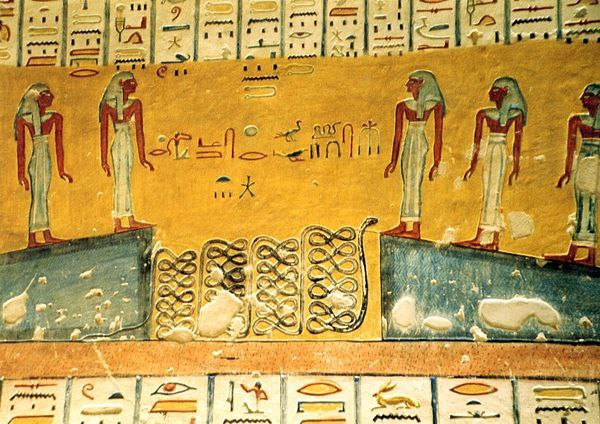












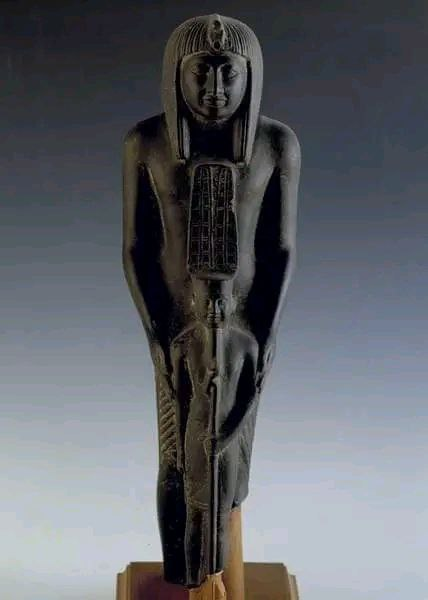


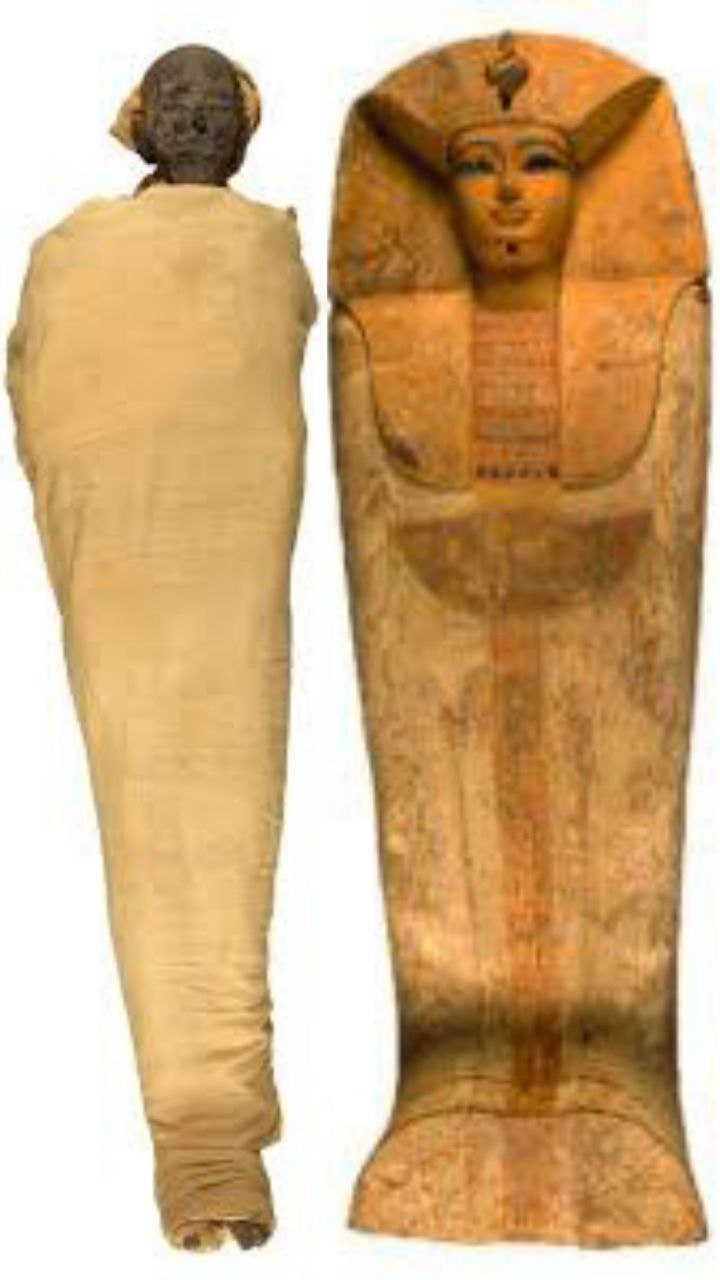





0 Comments
For questions and opinions, please leave a comment.